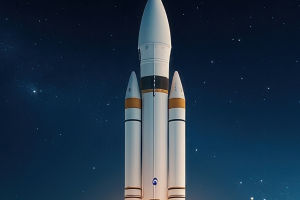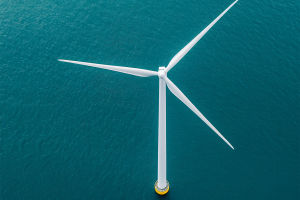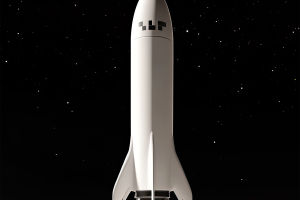Wind energy is a renewable energy source that has gained significant momentum in recent years.
Unlike fossil fuels, which release harmful emissions and deplete finite resources, wind energy utilizes the natural movement of air to generate electricity.
As an eco-friendly option, it has become essential in the global pursuit of cleaner, more sustainable energy solutions.
The fundamental process behind wind energy involves capturing the kinetic energy of moving air with wind turbines. These turbines are equipped with large blades designed to turn as the wind flows through them.
When the blades rotate, they activate a generator within the turbine, which then converts the mechanical energy into electrical power. The stronger and more consistent the wind, the more energy a turbine can produce.
Areas with high, steady wind patterns—like coastal regions, open plains, and high altitudes—are particularly suited for wind farms, making site selection crucial for optimizing energy production.
Wind energy offers numerous benefits, chief among them being its environmental impact. Since wind turbines generate power without combustion, they emit no greenhouse gases or pollutants, reducing air and water pollution and contributing to improved public health.
Moreover, as wind energy relies on a naturally occurring resource, it doesn't lead to resource depletion, making it highly sustainable in the long term. This stands in stark contrast to conventional power sources that can significantly disrupt ecosystems and degrade the environment over time.
One of the primary advantages of wind energy is its cost-effectiveness. While the initial investment in constructing and installing wind turbines can be high, operational costs are relatively low once the infrastructure is in place.
Additionally, as technology advances, the efficiency of wind turbines continues to improve, reducing costs and increasing the feasibility of wind energy projects.
In many parts of the world, wind energy is now among the cheapest forms of new electricity generation, making it economically attractive as well as environmentally beneficial.
Wind energy also supports energy security and independence. Countries that rely heavily on imported fossil fuels are vulnerable to price fluctuations and supply chain disruptions.
By investing in wind energy, nations can reduce their dependence on imported fuels, stabilizing their energy supplies and insulating their economies from geopolitical tensions.
Additionally, wind energy is a domestically available resource, allowing countries to harness local potential rather than relying on external suppliers.
However, there are challenges associated with wind energy. One major concern is the intermittent nature of wind; it isn't blowing consistently, and thus, energy output can fluctuate.
This variability necessitates the development of energy storage solutions or complementary energy sources, such as solar power, to ensure a stable energy supply.
Technological advancements in battery storage are helping to address this issue, allowing excess energy generated during windy periods to be stored and used when wind levels are low.
Another issue is the impact on wildlife. Birds and bats can collide with turbine blades, posing risks to local wildlife populations. Researchers are actively seeking solutions to mitigate these impacts, such as turbine designs that are more visible to birds or siting turbines away from migration paths.
Additionally, some people find wind farms visually intrusive and oppose them due to potential noise and landscape changes, particularly when turbines are installed near residential areas. Addressing these concerns requires careful planning and community engagement to balance energy needs with local interests.
Despite these challenges, wind energy continues to grow globally. It's seen as a vital component of the transition to a low-carbon economy. In regions with favorable wind conditions, large-scale wind farms are being developed both onshore and offshore.
Offshore wind farms, in particular, have significant potential, as they are located in areas with stronger and more consistent winds than on land. Offshore turbines are larger and more powerful than their onshore counterparts, which allows them to generate substantial amounts of electricity.
Governments worldwide are increasingly supporting wind energy through policies, subsidies, and incentives, making it an integral part of national energy strategies.
These initiatives aim to make wind energy more accessible and economically viable, reduce greenhouse gas emissions, and combat climate change. In many cases, these policies encourage partnerships between the public and private sectors, fostering innovation and driving down costs even further.


